Canterbury Tales
POSTED ON 22/11/2010I was minding my own business as per usual, feeding the cats, doing the laundry, stacking the dishwasher, when, blow me down with a feather duster if didn’t receive an email out of the blue inviting me to a conference in Christchurch. Not the alma mater, but Christchurch, New Zealand. Well, what would you do, say no and continue stacking the dishwasher? Of course you wouldn’t, you’d leap at the chance to be in the Spring warmth and dazzling light of New Zealand wouldn’t you? Bring on the Tardis.
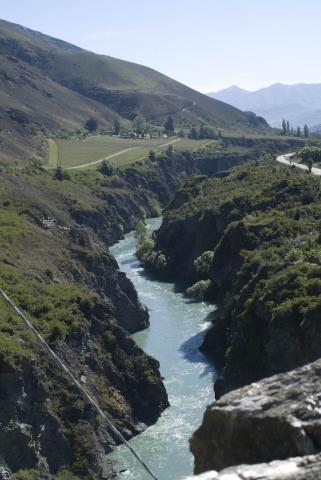 Chard Farm
Chard Farm
So I exchanged London’s autumn drear and drizzle for a sunny, post-earthquake Christchurch on South Island. Apart from the odd toppled gable, spire and road closure, this pretty Victorian-Anglican city appeared to have come off none the worse for the 7.1 blast that hit unexpectedly on 4 September. In actual fact the apparent skin-deep scars concealed not just a far worse picture of serious structural damage, but a more profound psychological scarring experienced by those who felt the violence at first hand.
I was there at the behest of the Great Wine Capitals Global Network (GWCGN), which was holding its AGM jointly with Wine Discovery New Zealand 2010. What, I hear you ask, apart from having a tonguetwister of a name and sending its delegates to far-flung beauty spots around the earth, is the GWCGN and what does it actually do? I had been to one of their AGMs five years ago in Mendoza, so I wondered how much the then fledgling grouping had progressed.
Arising out of the Bordeaux Chamber of Commerce in 1999, the GWCGN is a network of cities in or close to famous wine regions from Europe and the New World.
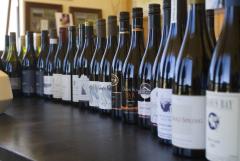 A Taste of Canterbury
A Taste of Canterbury
These cities share in common a major economic and cultural asset: wine regions of international renown. There are nine members: Bordeaux, Bilbao-Rioja (Spain), Cape Town (South Africa), Florence (Italy), Mainz (Germany), Mendoza (Argentina), Porto (Portugal) and San Francisco-Napa Valley (USA) and, as of this year, Christchurch (New Zealand).
In an effort to find out what makes the GWCGN tick, I asked Tom Perry, the affable delegate from Bilbão / Rioja. Tom put me right.
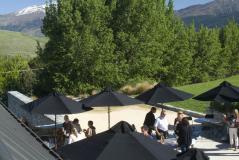 Delegates at work
Delegates at work
Promoting wine and food tourism and cultural tourism is part of its job, he explains, through the Best Of Tourism awards. For wineries, it’s a chance for the exposure that a Best Of Award can bring. For the cities involved, he says, it’s an opportunity to share business and academic knowledge and learn from each other’s experience. There’s a student grant too grant aiming at promoting excellence and innovativeness in wine research. I wasn’t quite sure exactly the wine tourist fits into the picture, but bear with me.
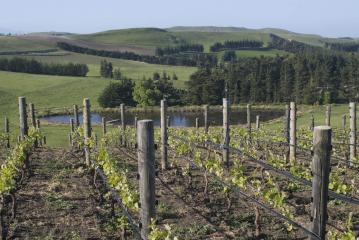 Pyramid Valley
Pyramid Valley
Without an Australasian capital in its portfolio, the GWCGN had lured Christchurch into the fold with the help of the city’s wine-loving mayor, one Robert Parker (no, really). Christchurch may not come across as a great wine capital of the stature of Bordeaux or even Mendoza but it is a wine tourism gateway thanks to its links to South Island’s five wine regions of Marlborough, Nelson, Canterbury, Waipara Valley and Central Otago. Clearly Christchurch was as chuffed at being invited as Hawkes Bay was disappointed not to get the nod. The GWCGN was equally delighted to have landed an Australasian partner.
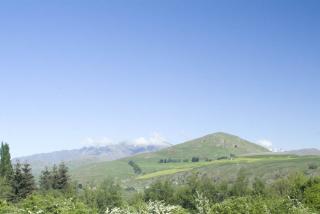 Bell Hill
Bell Hill
Apart from a bit of advertising and its website, www.greatwinecapitals.com, I don’t get the feeling that the GCGWN, which receives funding from commercial and political set-ups such as chambers of commerce and city halls, interfaces much with the consuming public. Even its links with the wine industry can appear somewhat tenuous. Indeed if it hadn’t been for the earthquake, my impression was that New Zealand winegrowers may not have been so quick to clamber into bed with the group, but at the eleventh hour, they relented, in an effort to help Christchurch out.
Certainly the conference garnered highly credible international speakers from the UK, the US and Sweden, as well as top personalities from the New Zealand industry, among them Jane Hunter from Marlborough and Felton Road’s Nigel Greening from Central Otago. Against a ‘perfect storm’ of crisis caused by surplus stocks, plummeting grape prices, falling land values and bankruptcies, Nigel Greening gave an eloquent, amusing and, typically left-field account of a how a winery in Central Otago can survive and prosper by moving seamlessly from an emphasis on taste (is the wine better?) to a focus on a sense of place (is the wine great?)
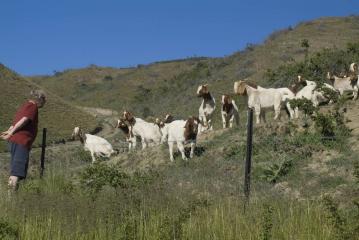 Nigel Greening and friends
Nigel Greening and friends
Apart from the statutory photo-ops and speeches that go with the territory, there were some genuinely informative visits by the international dignitaries to wineries, and an excellent tasting of New Zealand wines in Christchurch Town Hall. A handful of the press were treated to two excellent ‘generic’ tastings, one of Canterbury’s wines at Sherwood, and another of Central Otago’s wines at Amisfield. I also visited Marcel Giesen and Sheryn Veldhuizen’s brilliant Bell Hill and Mike and Claudia Weersing’s bioidynamic Pyramid Valley in North Canterbury, and in Central Otago, Gibbston Valley, Chard Farm, Mount Difficulty, Quartz Reef and Felton Road.
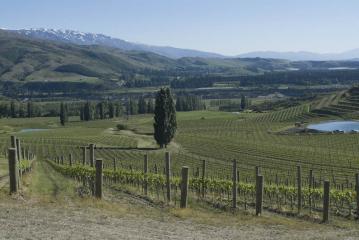 Felton Road
Felton Road
So there was some reciprocal flow, the delegates taking back a lot of positives about New Zealand wine, and New Zealand , or at least South Island, feeling that there just might be some advantage in being part of a global network linking wine and tourism. ‘Just might’ being the operative term because I’m not sure that many of the wine producers really know how at this stage how it’s all going to pan out. It was somewhat as if Galadriel had descended flashing her Ring and whispering ‘you will be a great wine tourism region’, and then shrank back into the void whence Air New Zealand had brought her.
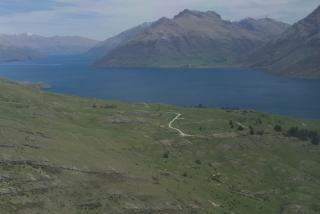 Farewell Queenstown
Farewell Queenstown
After a decade, there is clearly much further potential within the GWCGN for expanding wine tourism activities. In particular, it might usefully consider:
1. Changing to a more simplified name such as The Wine Capitals Network. The ‘Great’ and ‘Global’ merely confer spurious prestige.
2. Communicating its rôle, objectives, achievements and results more effectively. Most of the wine producers I spoke to said that they had no idea what the GWCGN was.
3. Engaging with local wine producers by making the local wine industry a more active partner.
4. Creating more effective links with the public and involving consumers more in the decision-making processes such as voting for awards.
5. Reducing the number of awards for e.g. Architecture, Parks and Gardens, and introducing more relevant wine-related awards (isn’t that the main reason for visiting a winery?) for e.g. wine route, cellar door, winery restaurant and winery hotel.
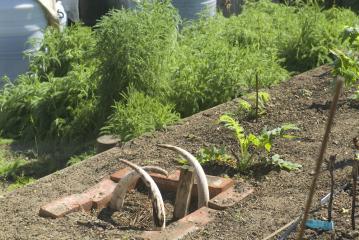 Voodoo at Quartz Reef
Voodoo at Quartz Reef
As for the gala dinner and awards, unfortunately I missed them as I had to be back in London for The Wine Gang’s great Christmas Wine Fair at Vinopolis, but
from a total of 317 applications, with 80% of entries coming from new participants, nine properties and wine tourism operators were awarded an international Best Of Wine Tourism prize:
Wine Oil Spa Hotel Villa de Laguardia, set in the vineyards in a medieval town in the heart of the Rioja (Wine Tourism Services)
Château Paloumey Cru Bourgeois Supérieur in the Haut Medoc, for exhibiting paintings and sculptures (Art & Culture)
Steenberg, South Africa, award for Wine Tourism Services.
Yealands Estate in the South Island's Marlborough region (it made international headlines for using miniature sheep to keep the vineyard's grass and weeds in check) for Sustainable Wine Tourism
Villa Vignamaggio, Chianti Classico for Architecture, Parks and Gardens
Hyatt Regency on the banks of the Rhine in Mainz for Accommodation
Bodega Diam Andes, Clos de los Siete for Architecture, Parks and Gardens
Conn Creek Winery on the Silverado Trail for Innovative Wine Tourism Experience
Quinta Aveleda, for Architecture, Parks & Gardens
For more info see www.greatwinecapitals.com
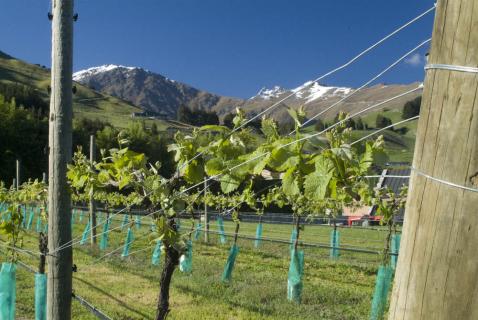 Amisfield
Amisfield


Comments
Dear Anthony,
thanks for your post.
Quite interesting to have your point of view on the Great Wine Capitals Network... and your comments will certainly help the organization improve both their assets and image, as well as the "internal communication" towards their own local wine industry...
Catherine